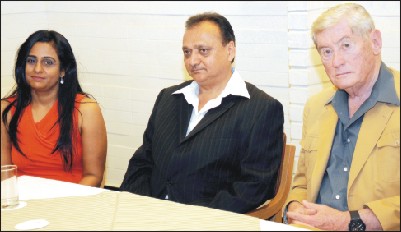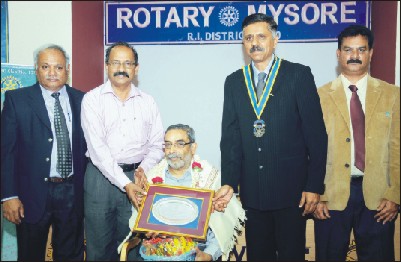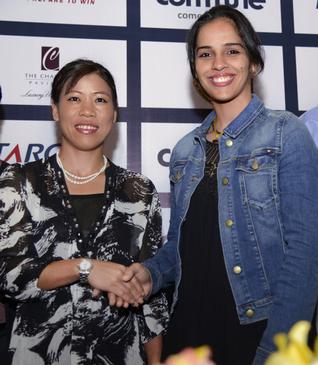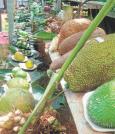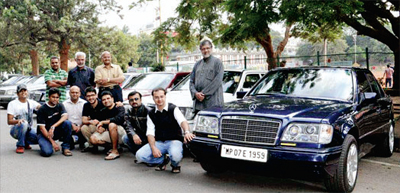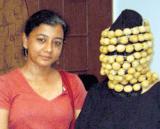Caption: AT&S Austria’s Chairman of Supervisory Board Honnes Androsch (extreme right) is seen with Mysore Unit’s Executive Secretary Roopa Rao and Managing Director Ric Rawlley.
Mysore, Oct. 7
An Austria-based company called AT&S India, having an electronic micro-chip industry in Nanjangud, has been providing community services in the areas of health and education for villages in the surroundings for the past several years.
AT&S Mysore Unit Managing Director Ric Rawlley, addressing a press meet in city yesterday, said that AT&S India has been providing regular medical services to the residents of Korehundi village located just behind the plant, in association with JSS Medical Institution.
“Physicians visit this village – which has a population of approximately 800 people — every week to attend to the patients and provide free consultation and medicines. AT&S India has constructed a medical examination centre and also a room for small children who attend the Anganwadi (special educational / health system for poor children),” said Rawlley.
AT&S has set up a new high capacity pump installed at Srikanteswara Water Works in Nanjangud, providing 100 liters of drinking water to Sujathapuram School everyday.
“The industry has been providing scholarships for employees’ children each year, along with free medical facility to nearby village people. Regular free medical checkup and distribution of medicine to Handuvinahalli villagers is being done,” he said.
Other community service works done by the industry are: Sponsoring three eye camps per year in association with Rotary Club of Nanjangud, distribution of uniforms, school bags and drinking water to Korehundi primary school and Anganawadi children, monetary rewards for toppers, computer literacy, sponsoring vocational training to villagers, etc.
AT&S unit is situated close to river Kabini. The company has a captive power generating station to meet operational requirements. The total land area is 42 acres, which is sufficient to take care of all future expansions. The present built up area is 39,300 sq mtrs.
AT&S Austria’s Chairman of Supervisory Board Honne
source: http://www.StarofMysore.com / Home> General News / October 07th, 2012
